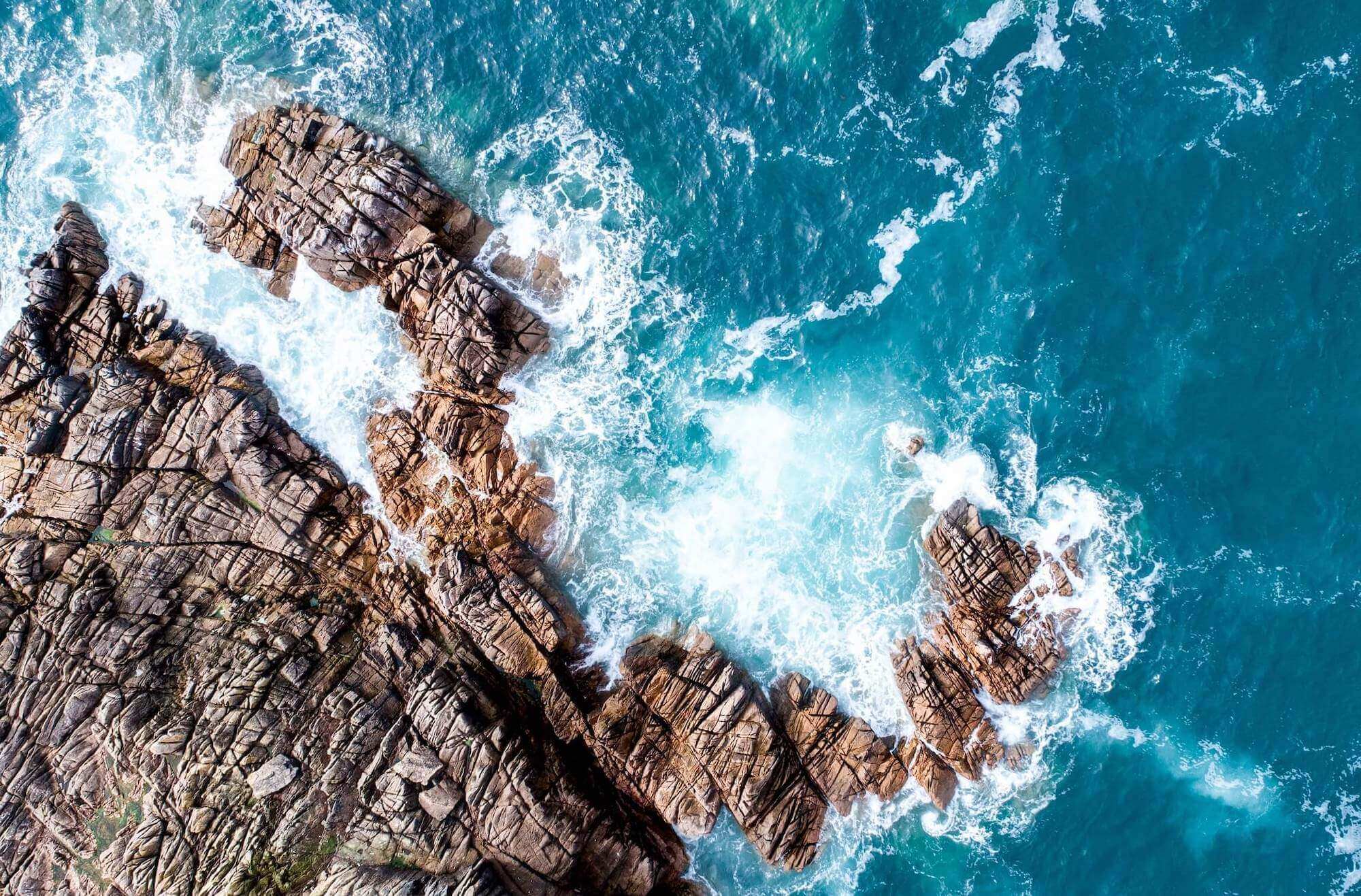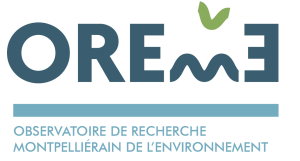Our Missions:
- Observing the forest ecosystem
- Supporting or co-developing research projects with national and international partner teams.
- Implementing and monitoring ecosystem manipulation experiments.
History :

Since its creation in 1961, the Centre for Functional and Evolutionary Ecology (CEFE) has been dedicated to studying major environmental issues: biodiversity, global planetary changes, and sustainable development. It is driven by three main ambitions: [1] understanding the living world to anticipate tomorrow’s challenges, [2] fostering innovation and addressing societal needs, and [3] practicing an inclusive and multidisciplinary science. A significant portion of its research focuses on Mediterranean and tropical ecosystems, aiming to propose future scenarios for ecosystem evolution and develop scientific strategies for their conservation and restoration.
In 1984, researchers at CEFE initiated long-term ecological studies on the holm oak forest managed by the National Forestry Office (ONF) near Puéchabon (Hérault, France). The initial work focused on analyzing the structure and growth of tree stands. Early experiments involved thinning holm oaks to enhance their growth and wood yield.


With the Kyoto Protocol in 1997, European countries committed to providing accurate assessments of carbon stocks, including those in forest ecosystems. Research questions then shifted toward ecosystem functioning and biogeochemical fluxes. In 1998, a 12-meter-high flux tower was installed to measure and quantify gas exchanges of carbon dioxide and water vapor. It enables the quantification of carbon assimilated by the ecosystem through photosynthesis and the carbon released into the atmosphere through respiration and decomposition processes. Since 2000, the Puéchabon site has been part of several reference networks, such as Carboeuroflux, CarboEurope-IP, the French ORE FORÊT network, the global FLUXNET network, and more recently, the European ICOS infrastructure. These programs and infrastructures aim to continuously monitor carbon and water fluxes between the atmosphere and terrestrial ecosystems.
Issues related to global climate change, particularly the increase in drought episodes, have since taken center stage. In 2003, ecosystem manipulation experiments began under the MIND (Mediterranean INcreasing Drought) project, funded by the European Union. Rainfall exclusion systems and thinning treatments were implemented to simulate climate change and study the effects of increased drought and management practices on carbon and water exchanges between the forest and the atmosphere. This experiment has been ongoing since then, supported by successive European projects (IMECC, ExpeER), the French Allenvi alliance, and the European AnaEE infrastructure.

In 2007, rainfall manipulations reached a peak with a project aimed at testing the effects of extreme seasonal drought on tree functioning as well as on carbon and water cycles (ANR Drought+ project). A rainfall exclusion system was installed to block all precipitation, simulating prolonged summer droughts.

Climate change leads to a long-term decrease in precipitation as well as an increase in air temperatures, affecting the biosphere and upper soil layers. In 2024, a soil warming experiment coupled with rainfall exclusion was implemented as part of the MEDSOCLIM project. This experiment is also included in the framework of the PEPR FairCarbon – Drought ForC program.
Environnement :

The experimental site of Puéchabon is located 35 km northwest of Montpellier (Hérault), in the state-owned forest of the village of Puéchabon (43°44’30”N, 3°35’40”E, altitude 270 m) on a plateau. The state forest was managed as coppice for centuries, with the last clear-cutting taking place in 1942. The vegetation is predominantly composed of holm oak (Quercus ilex), which accounts for more than 80% of the canopy cover. The leaf area index is 2.9 m²/m², and the average tree height is approximately 5.5 m.
In 1999, there were 8,500 ± 600 shoots per hectare, while by 2015, only 4,700 shoots/ha remained. Shoots with a diameter under 4 cm represent 7% of the total, while those with a diameter over 7 cm account for 56%. The aboveground biomass is estimated at 11,800 g of dry matter per m².The understory is composed of shrubs, with the main species being boxwood (Buxus sempervirens), mock privet (Phillyrea latifolia), turpentine tree (Pistacia terebinthus), and prickly juniper (Juniperus oxycedrus).
The site is subject to a characteristic Mediterranean climate, with rainfall generally occurring in autumn and winter, while summers are dry. Annual precipitation is 916 mm, with 75% falling between September and April. There is significant interannual variability in precipitation; over the past thirty years, a minimum of 550 mm and a maximum of 1,549 mm have been recorded. The annual temperature is 13.2°C.
The forest grows on a stony soil composed of Jurassic limestone, with cracks filled by clay. Due to the large amount of stones and rocks, the water reserve is only 150 mm in the top 4.5 meters of soil. This low water reserve in the soil causes the vegetation to experience significant recurrent water stress during the summer.








